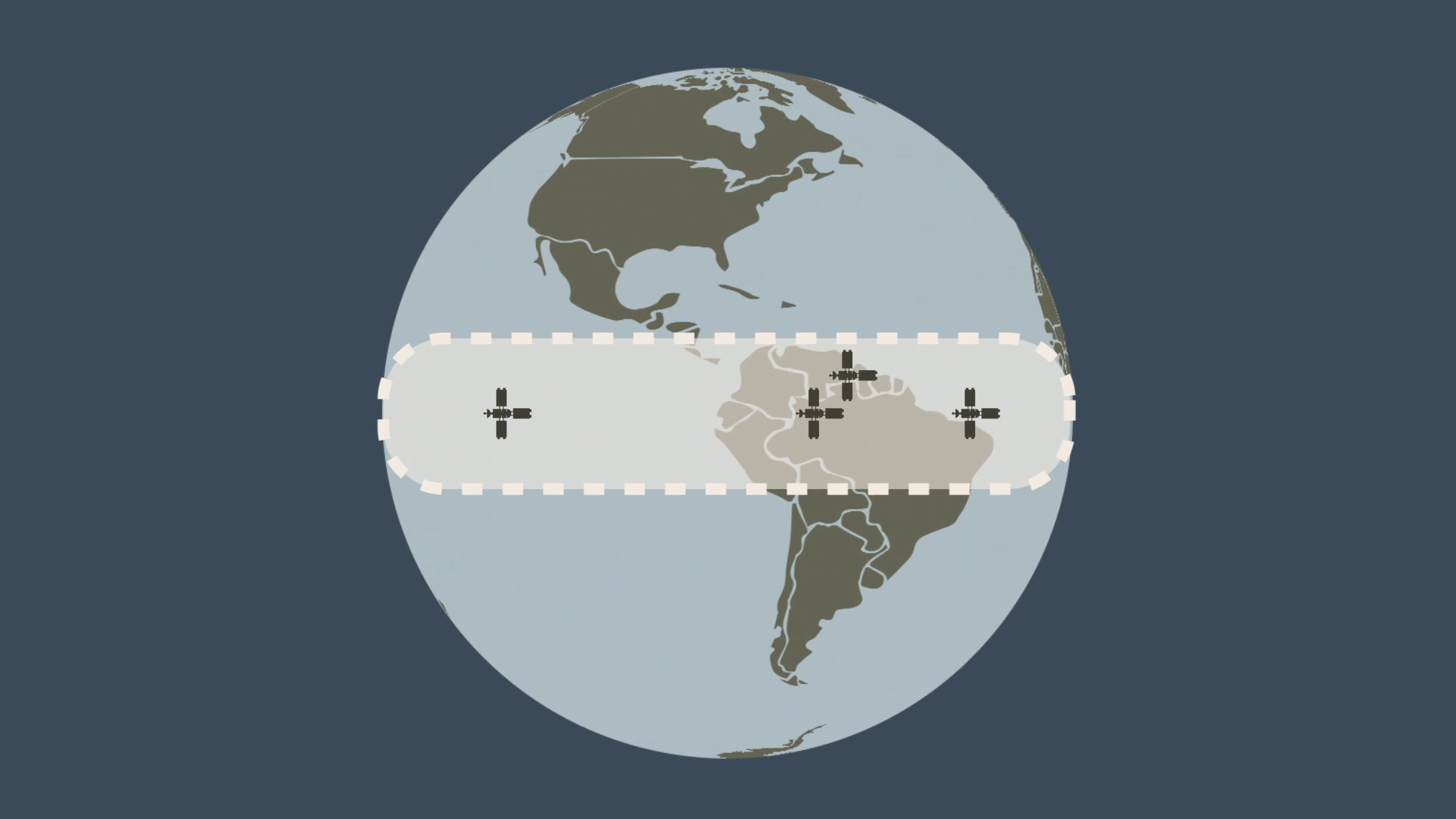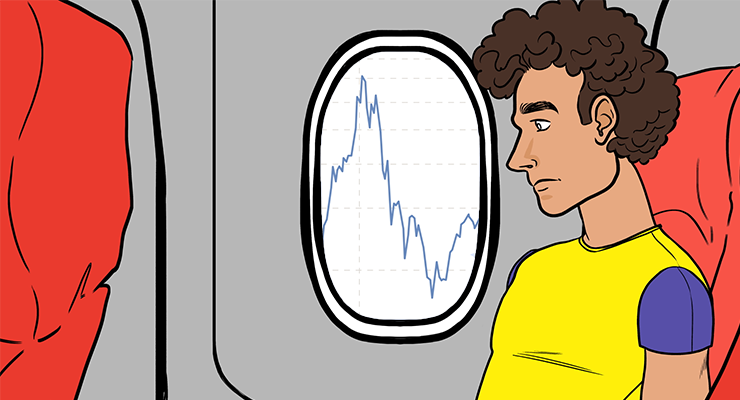Video transcript:
Different satellites have different functions – from weather to research to communications.
Their job will determine how they’re built – and where they live.
GEO satellites live in a special orbit at an altitude of 36,000 kilometers above the equator called the geostationary orbit.
Satellites in this orbit appear to be stationary above a given point on Earth because they spin around the Earth at the same rate as the Earth rotates on its axis.
That makes GEO satellites a favourite for satellite TV providers, who could point customers’ antennas at a fix point in the sky instead of having to track a moving satellite.
But GEO satellite’s beams have a hard time reaching higher latitudes and can only complete two orbits a day. That means these types of satellites will spend half its time above Russia and the other half above North America.
And because they can only be placed on a very thin band along the equator called the GEO belt, space can be quite limited – and this can lead to some serious jockeying from companies trying to get not just a spot in the GEO belt, but also a desirable one.
A little closer to Earth you’ll find a region called Lower Earth Orbit (LEO), which encompasses orbits up to 2,000 km.
It’s the most populated region in space, and where you’ll find Hubble, the International Space Station (ISS), the former Space Shuttle, the former Russian Space Station MIR and scientific satellites.
It’s also where Elon Musk’s SpaceX is looking to launch several satellite constellations.
LEO satellites have to move a lot faster than their GEO counterparts to counteract the Earth’s greater pull and atmospheric drag at this lower altitude. This lower altitude also means they require much less energy to get to orbit, and their signals take less time to travel than GEO satellites.
They are typically cheaper than GEO satellites because they tend to be much smaller so several LEOs can be launched in one rocket. That’s a good thing, since they have a shorter life expectancy and are replaced more often.
In between LEO and GEO you’ll find MEO – or the Medium Earth Orbit. MEO is a bit of a catch all between LEO and GEO.
So next time you’re looking up at the sky and seeing a particularly shiny star, you may be seeing something quite different.






